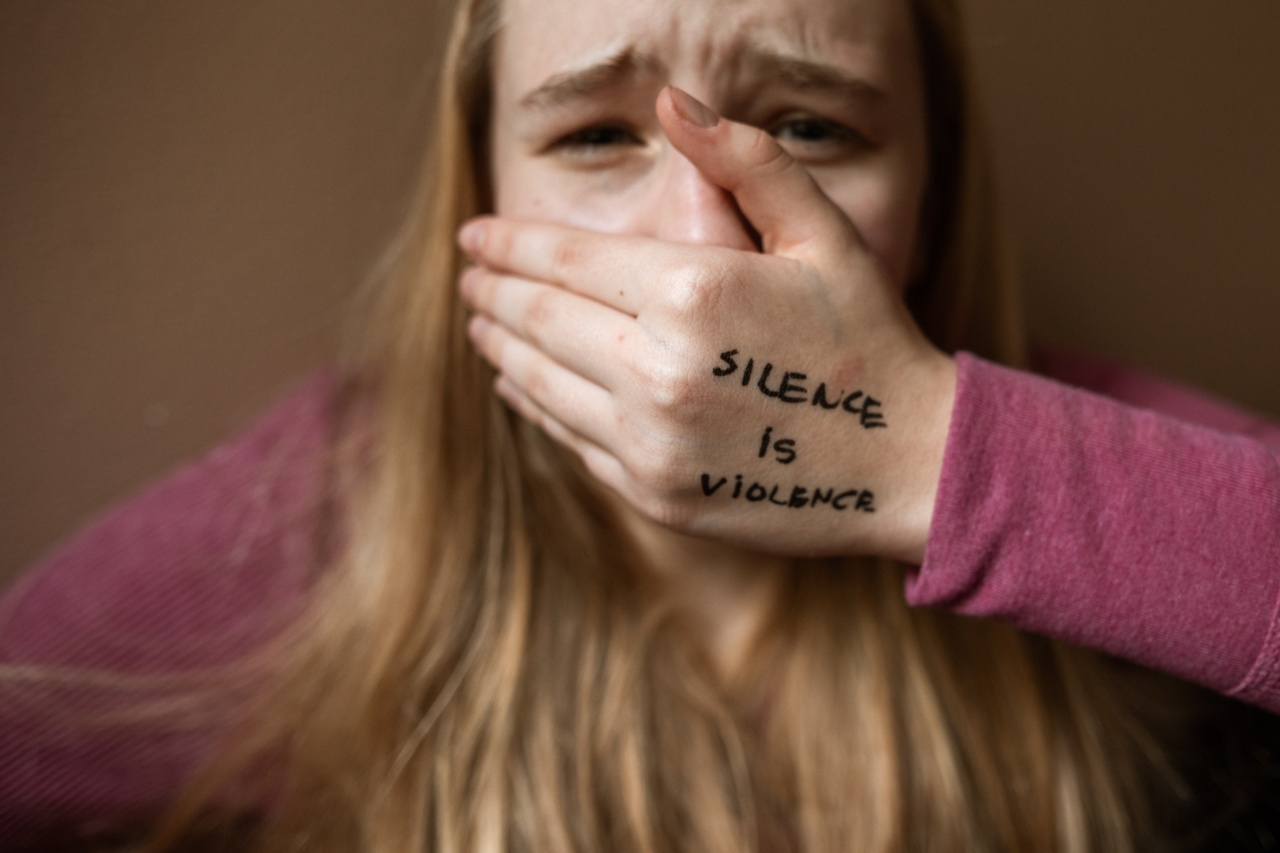Sexual abuse is a heinous crime that affects countless individuals around the world. Victims often suffer in silence, battling the long-lasting effects of this traumatic experience.
In order to fully understand and address the silent trauma of sexual abuse, it is crucial to delve into the various aspects of this pervasive issue.
The Prevalence of Sexual Abuse
Sexual abuse knows no boundaries. It transcends race, gender, age, and socioeconomic status. According to recent studies, approximately one in four girls and one in six boys will experience some form of sexual abuse before the age of 18.
These alarming figures shed light on the sheer magnitude of this silent epidemic.
The Impact on Mental Health
The consequences of sexual abuse can be severe and long-lasting, often leading to a myriad of mental health issues.
Survivors of sexual abuse are more likely to develop conditions such as post-traumatic stress disorder (PTSD), depression, anxiety disorders, and substance abuse problems. The invisible scars left by this trauma can haunt survivors for years, impacting their overall well-being.
The Cycle of Silence
One of the most troubling aspects of sexual abuse is the culture of silence that often surrounds it. Victims, especially children, may fear societal judgment, retaliation, or disbelief if they disclose their abuse.
This silence perpetuates the suffering of those affected and allows perpetrators to go unpunished, posing a significant barrier to breaking the cycle of abuse.
The Stigma and Shame
While society has made progress when it comes to addressing sexual abuse, there still remains a pervasive stigma surrounding the issue. Victims often blame themselves, feel ashamed, and carry an overwhelming sense of guilt.
The fear of being labeled or judged further prevents survivors from seeking help and support, leaving them trapped in silence.
The Importance of Support
Support systems play a crucial role in helping survivors of sexual abuse heal and break free from their silence.
Connecting with understanding and empathetic individuals, therapists, support groups, or helplines can provide a safe space for survivors to share their experiences, process their emotions, and regain their sense of self-worth. The power of validation and compassion cannot be underestimated in overcoming the silent trauma of sexual abuse.
Legal Implications and Justice
Addressing the silent trauma of sexual abuse goes beyond individual healing; it also involves seeking justice and holding perpetrators accountable for their actions.
Advocacy for legal reforms, increased awareness, and support for survivors in the justice system is essential. By empowering survivors to speak out and fight for justice, society can take significant strides toward ending the cycle of abuse.
Educational Initiatives
Education is key to preventing sexual abuse and breaking the cycle of silence. Schools, institutions, and communities should implement comprehensive and age-appropriate education programs for children and adults alike.
This includes teaching boundaries, consent, self-advocacy, and fostering open dialogue about sexual abuse. By equipping individuals with knowledge and awareness, we can create a safer environment for everyone.
Supporting and Protecting Survivors
Providing comprehensive support services and protective measures for survivors is paramount. This involves accessible mental health resources, specialized counseling, medical treatment, and financial assistance.
Moreover, fostering a culture of belief, empathy, and justice is crucial in order to help survivors heal, rebuild their lives, and break free from the chains of silence.
Empowering Resilience and Recovery
While sexual abuse leaves indelible scars, it is important to recognize the resilience and strength of survivors.
By acknowledging their courage, promoting self-care, and fostering a supportive environment, we can empower survivors on their journey toward healing and recovery. Together, we can break the silence, provide hope, and pave the way for a future free from sexual abuse.
Conclusion
Uncovering the silent trauma of sexual abuse is crucial in order to raise awareness, break the cycle of silence, and support the healing of survivors.
By addressing the prevalence, impact on mental health, stigma, and the importance of support and justice, we can begin to pave a path toward a society that prioritizes the well-being and safety of all. It’s time to end the silence and stand united against sexual abuse.






























